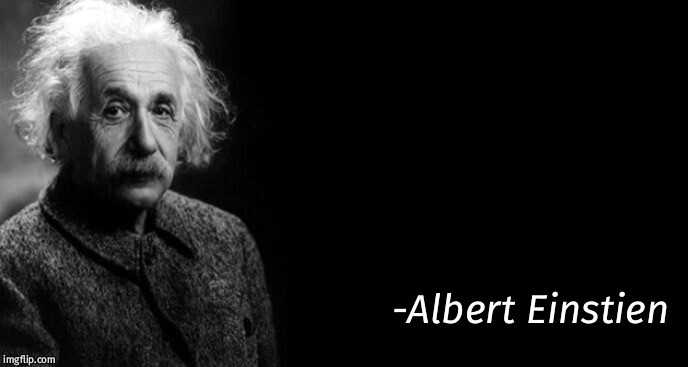Imagine you have a very difficult problem, and the first ten pages of Google search results aren’t helpful. What do you do next?
I used to spend up to 2-3 hours thinking about how to bend the solution to my will when I encountered situations like this. It is not an efficient process, but most importantly, I’m not happy about the mediocre solution most of the time. I’ve wasted so much time operating my day job and personal projects daydreaming about solutions that wouldn’t fit into any outcome.
Ideally, I should had take a step back to evaluate if the problem is even worth solving. Sometimes we’re so caught up with coming out with a solution that we’ve ignored the objective of solving it.
Is this problem even worth solving? My tiny brain
Do you even want to solve the problem?
Generally, every problem carries a different weight and priority. How much impact does solving the problem now will benefit you in the long run? To know if the problem is worth solving, see the quadrant below:
- Low weight, high priority: This is an easy problem. Solve this now.
- High weight, high priority: This is a huge problem. Solve this next.
- Low weight, low priority: This is a small problem. Solve this later.
- High weight, low priority: This is not a problem. Might as well watch an episode of Netflix?
Different people will have a different take on “High weight, low priority”. But, we can all agree that the hardest kind of problem is those in the “High weight, high priority” quadrant.
How should we solve a difficult problem?
After spending some time researching the best problem-solving framework, I noticed that most problem-solving framework revolves around 2 concepts. When you’re stuck on a problem, it’s either you:
- Re-evaluate your perspective on how you approach the problem.
- Join the problem.
This framework does not guarantee a good solution, but I use them as a guiding principle to solve complex ambiguous problems.
Solution 1: Reevaluate your perspective on how you approach the problem
Difficult complex problems are usually multi-variant problems. In other words, you’re stuck because your assumption of how things should work is flawed.
For simplicity’s sake, let’s try to tackle a problem that we face daily as a human: how can we overcome procrastination.
For many (especially millennials), we assume that we procrastinate because we’re burnt out. You’ve tried taking a rest to regain motivation but motivation never kicks in. Then you assume it is because you’re a perfectionist so you never get things done. But you even procrastinate washing the clothes that have been piling. Surely you don’t need to be a perfectionist to wash those clothes?
Lack of motivation and being a perfectionist could be the reason you procrastinate, but if you’ve cut some slack and nothing still work, it’s time to take a step back and rethink what else reason you might be missing.
A good starting point to come out with new perspectives is by adding “why” in front of the problem and coming out with as many hypotheses based on observed behaviour and experience.
If performed in a large group (such as having a conversation with your friend or focus group), everyone will participate in guessing why things happened as is and starts chipping in different perspectives. We then collect these perspectives to reevaluate the problem again.
TLDR: You’re stuck at the solution because:
- We didn’t gather enough perspective to solve the issue, or
- The problem statement is too high level. The initial perspective isn’t deep enough for you to generate proper solutions. Conversations (with yourself or a friend) are needed to drill down the issue.
Solution 2: Join the problem
There are times when the problem just seems impossible to solve. This is when you have to make the call again if the problem is even worth solving. Pessimists would have given up; optimists would declare that problems that couldn’t be solved are not problems.
If you’re neither, then you are an opportunist, and there’s a high chance that you’re also an evil capitalist.
Joining a problem sounds easy, but it could mean that you have to forego your moral compass, or the solution can be costly.
Take the previous example as a case study again: if you’re still procrastinating and no solutions helped make you productive again, maybe you can consider outsourcing it. This idea worked for a lot of people with limited time, because instead of doing the work yourself, they get someone else to do the work for them so they can focus on managing work and income, or do the part that they enjoy most.
The same can also be said with recycling. If people attend to the idea of reducing waste, we can instead recycle them. Mass recycling can be costly, but its benefit outweighs the environmental cost such as pollution. By participating in the problem of producing too much waste, we also create jobs and reduce climate impact.
Last but not least, as an anime fan, I notice a pattern of protagonist-turnt-antagonist’s plan of wiping out the entire humanity and restarting the race. From their perspective, human cleansing can be costly, but the end justifies the mean.
Closing
This problem-solving framework has been my daily driver and it has been working surprisingly well. I have no plans to wipe out humanity yet despite my personal atrocities, but I hope this framework can help you rethink how we approach complex ambigious problems.

